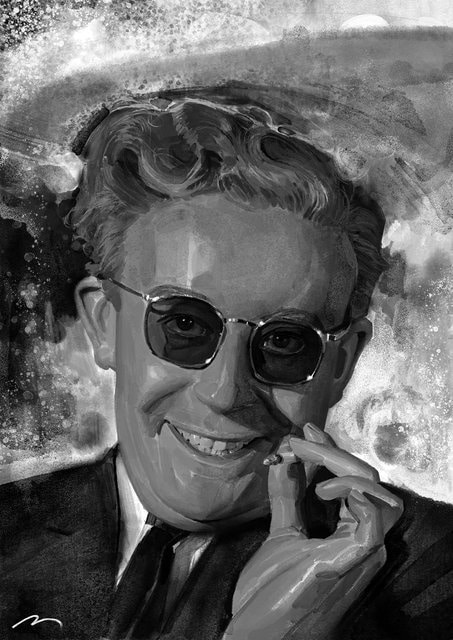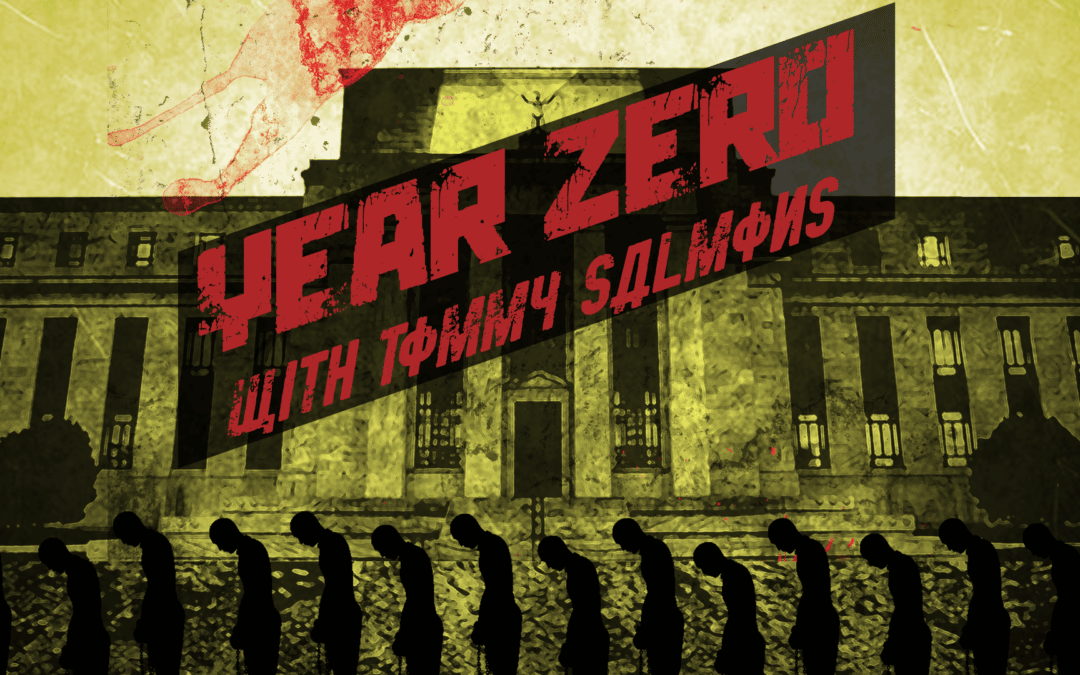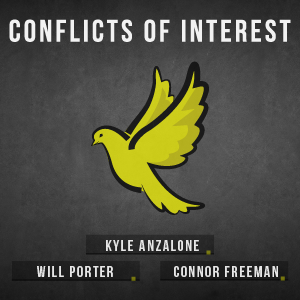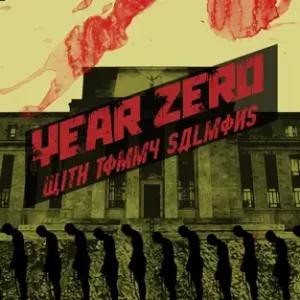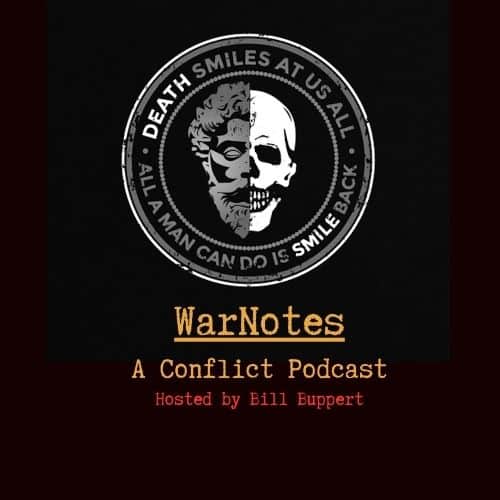Call me naive, but I increasingly suspect that much of today’s “left” is not antiwar on principle. Rather, it’s anti-American war because, in its view, America (not just the government) is rotten to the core: bourgeois, racist, patriarchal, heteronormative, blah, blah, blah. If left-wingers (Marxists, heavy or light) were in charge, they’d likely support foreign intervention under the right conditions, e.g., fighting apartheid in South Africa (which indeed was bad) or Pinochet (also bad) in Chile, or saving Maduro (bad too) from a middle-class uprising in Venezuela. In the 1960s and 70s the so-called radical left favored the communists in the Vietnam War. It was not just against U.S. intervention, as many libertarians were. In the 1970s Noam Chomsky supported Vietnam’s intervention in Cambodia; he also favored leaving some U.S. troops in Syria. I note that Max Blumenthal has lately called for intervention against Israel (bad). (By whom I don’t know.)
If the left is interventionist at home, then why wouldn’t it also be interventionist abroad? It has no principled objection to government power. It just wants aggressive force put to “good” use, such as managing other people’s peaceful market relations.
Libertarians are the only comprehensive noninterventionists. The “left” may want the libertarians to tag along to demonstrate that its opposition to the U.S. empire is broad-based. That would make libertarians its useful idiots. I prefer another role, as antiwar libertarians. But deep down, the “left” likely thinks the libertarians are knowing or misguided shills for what they disdainfully call “corporate America”—which they are not. The goal is freedom.
Maybe we libertarians should be called Compnons.


